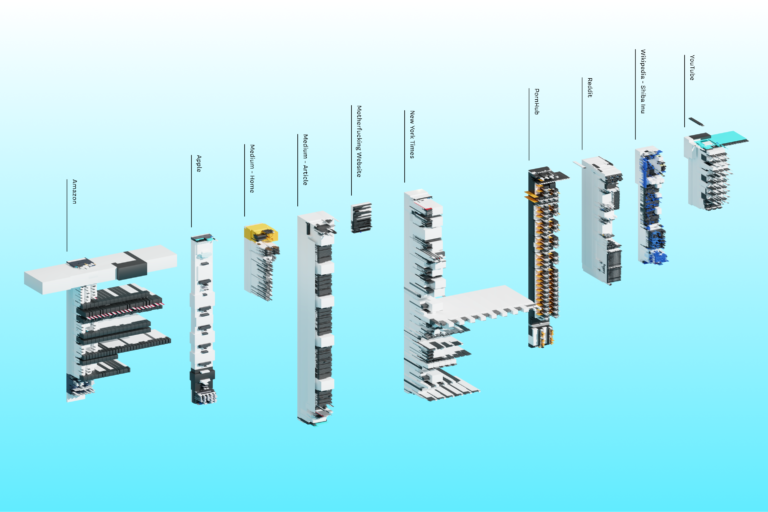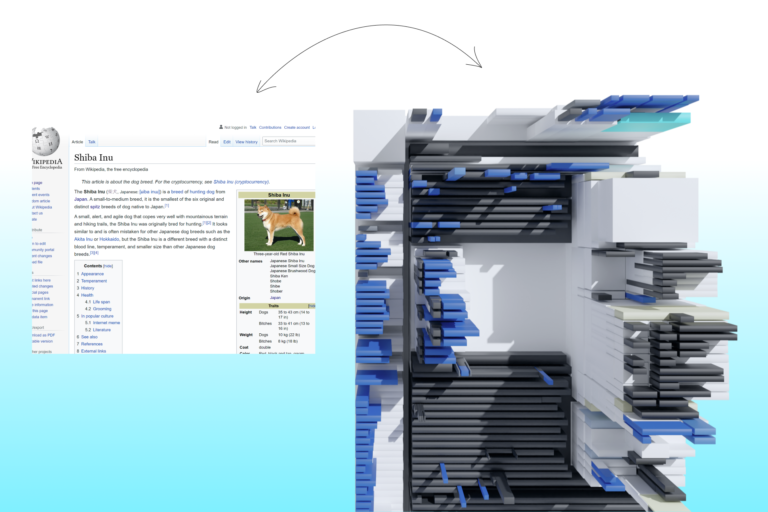Web Diver

Project details
- Year
- 2022
- Programme
- graphic-design
- Practices
- commercial
- Minor
- Data Design
An intuitive browser for a more explorative internet.
We don’t browse the internet anymore.
We browse platforms.
Instagram, YouTube, Twitter, Reddit, TikTok, Snapchat, Pinterest, Tumblr—these services, amongst others, aren’t just part of the internet anymore. To the vast majority of people, these are the internet.
Before the advent of Google led to web navigation being labelled a “solved” issue, keyword-based searches weren’t the norm as much as topic-based searches. One would huddle through a ball pit of several semi-related websites to cherry-pick the relevant ones. Perhaps that’s why so many of the biggest early web browsers invoked a sense of adventure through their names—Netscape Navigator. Internet Explorer. Safari.
I wanted to bring this sense of adventure back to web surfing. While seemingly nostalgia-driven at first glance, the journey of finding online content pushed early netizens towards building a breadth of knowledge surrounding their initial curiosities. They came across the unexpected—discovering things they wouldn’t have discovered, making connections they wouldn’t have made—had they simply clicked on the first Google search result.
Enter Web Diver: An intuitive browser for explorative research.

Web Diver pulls the web out of our flat screens and reimagines it as a vast 3D landscape to be explored in VR. Rather than relying solely on search engines, it adopts a site-to-site-to-site-to-site paradigm by automatically visualising links from any page. This pushes people towards breaking out of the walled gardens of platforms. It’s the (in)famous Wikipedia rabbit hole, but with all the variety the internet has to offer.

Out of focus
Going beyond the traditional underlined link, one can navigate the web based on layout and content structure. Is a link text-heavy or pictorial? Is it densely packed like a research paper, or spaced out like a marketing website? Does the content structure vary throughout the page, or is it the same layout repeated multiple times?

While we all subconsciously judge pages based on these factors, no one could possibly click on every. Single. Blue. Link. On every page they visit. Web Diver translates these links into informative, abstract visuals and puts them in our peripheral vision—making them accessible before we ever visit the website.
Making a point
The ubiquity of 3AM Wikipedia rabbit holes and YouTube deep-dives goes to show how far unbridled curiosity can take us. In fact, Web Diver can be perceived as a simple “reframing” of the internet as a world to be explored. I modify the tools used to interact with this world with the hopes of changing an outlook—something which (hopefully) lasts even after the VR headset comes off.